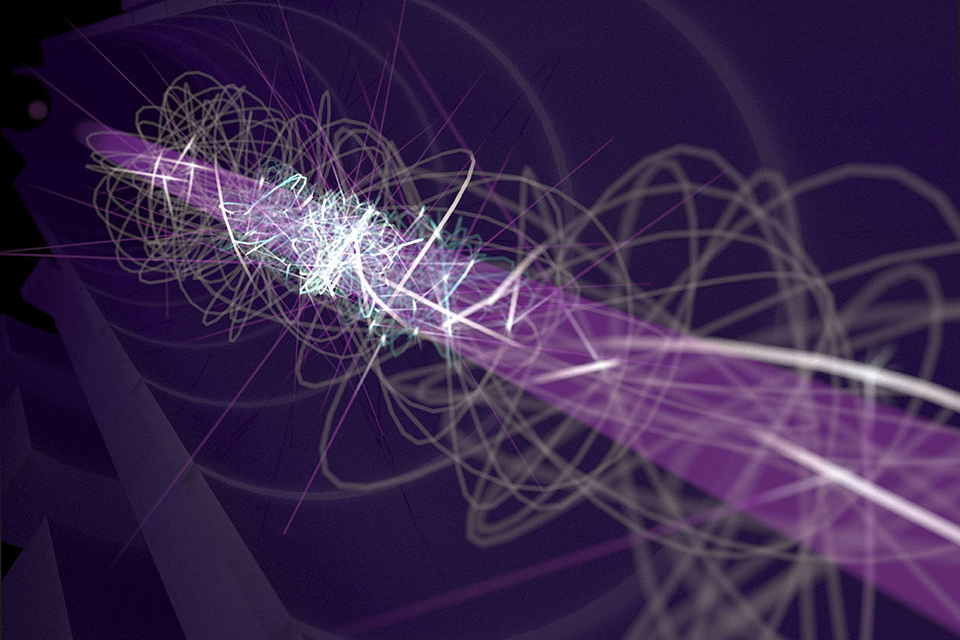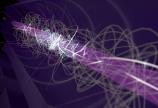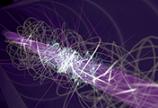Made-in-Canada laser first in world to manipulate antimatter

How does antimatter respond to gravity? Can antimatter help us understand symmetries in physics? These are some of the questions addressed by University of Victoria physicist Art Olin and the Canadian team of researchers who are the first in the world to manipulate antimatter using lasers.
Details of the Canadian-built laser system developed to cool a sample of antimatter down to near absolute zero are published today and featured as the cover story in the journal Nature.
Antimatter is not the opposite of matter, but more like a mirror image, and it’s as fundamental to understanding our universe as normal matter. Multiple international research teams at CERN (European Organization for Nuclear Research) and ALPHA (Antihydrogen Laser Physics Apparatus) collaboration are searching for answers to fundamental questions about antimatter.
Olin, an adjunct professor at UVic, TRIUMF, Canada's national particle accelerator centre, and others are playing a key role as part of the Canadian team of the broader ALPHA collaboration, which includes over 50 researchers from 22 institutions including Canada, the UK, the US, Denmark and Sweden.
ALPHA’s Canadian team (ALPHA-Canada) are racing to cool antihydrogen atoms using lasers developed by their collaborators at the University of British Columbia (UBC).
This research reflects the power of international collaborations. Developing this technically difficult laser with our UBC colleagues, and making it work at CERN, to address a cosmic mystery has been an amazing experience.
—Art Olin, UVic adjunct professor in physics & astronomy
Laser manipulation of antimatter
While laser-cooling (or trapping) of atoms was first demonstrated 40 years ago, ALPHA is the first to use this technique on antimatter.
By cooling antimatter, researchers will be able to perform a variety of precision tests to further investigate the characteristics of antimatter, including experiments that may shine a light on the fundamental symmetries of our universe. These tests could offer clues as to why the universe is made primarily of matter and not equal parts matter/antimatter as predicted by Big Bang models.
When matter and antimatter come into contact, particles mutually annihilate. Lasers and complex magnetic fields are used to cool and confine the antihydrogen. Olin’s contribution is helping to determine the spectroscopy (the colour) of antihydrogen to increasing precision. See backgrounder for more information.
As to the gravity question, ALPHA hopes to know within the next year if antimatter falls down or up.
The Canadian effort was led by researchers and students from TRIUMF, UBC, Simon Fraser University, the University of Calgary, York University and contributors from UVic and British Columbia Institute of Technology.



